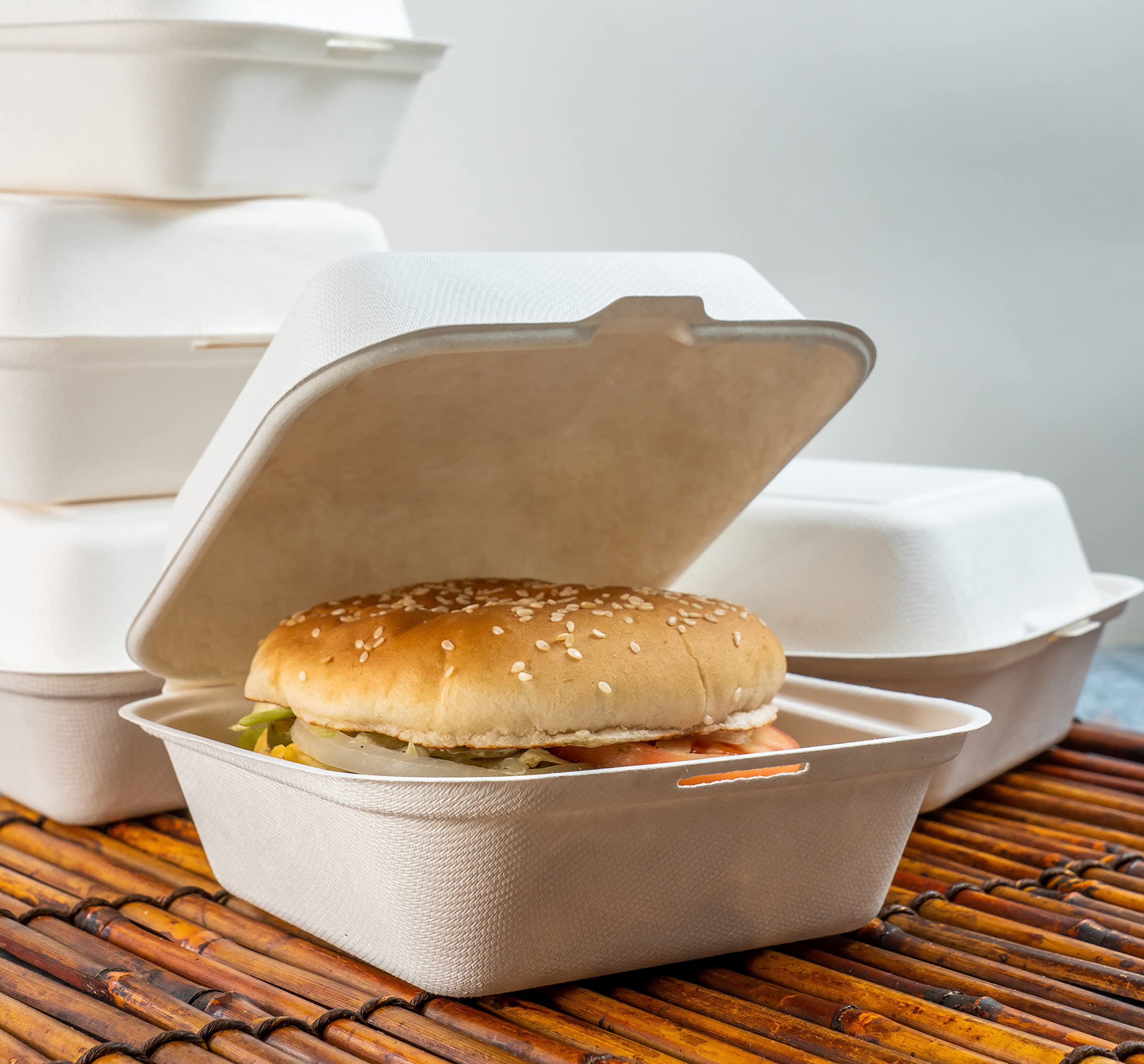Today, we are witnessing a transformative era in the food industry, particularly with regards to takeaway containers. A shift from conventional to more sustainable practices is not merely a choice, but a necessity for our environment. This journey has taken us from the widespread use of Styrofoam to more eco-friendly alternatives. So, let’s step back in time and explore the evolution of takeaway containers, and how they’ve transformed over the years.
Styrofoam Era
Back in the day, Styrofoam, or polystyrene foam, was the go-to takeaway container for many. It was cheap, lightweight, and possessed excellent insulation properties. However, Styrofoam had a huge downside. It was not biodegradable, and its pervasive use resulted in an alarming accumulation of non-degradable waste in our environment. This crisis triggered a change, inspiring the search for greener solutions.
Plastic Containers
The realization of the environmental hazard posed by Styrofoam led to an increase in the use of plastic takeaway containers. While these were indeed lighter and more durable than Styrofoam, they still contributed significantly to landfill waste. Though plastic recycling processes exist, it’s not a perfect solution as many types of plastic are not recyclable.
The Shift toward Sustainability
With plastic and Styrofoam containers proving to be environmentally damaging, the food industry began to focus on more sustainable takeaway container options. This included containers made from biodegradable and compostable materials such as bagasse (sugarcane waste), bamboo, paper, and other plant fibres. These materials have less of an environmental impact compared to their plastic and Styrofoam counterparts.
Present and Future: Innovations in Takeaway Containers
Today, innovation in food packaging is at its peak. Technology has allowed the creation of takeaway containers that are not only eco-friendly but also user-friendly, providing good insulation, stickability and re-usability. In addition, there are containers being developed from mycelium (fungi root network), seaweed-based materials and chicken feathers, all sustainable and low-impact materials.
The ambition doesn’t stop there. There is a growing trend towards completely package-free takeaway solutions. As its name suggests, package-free takeaway promotes the use of reusable containers, where customers bring their containers. Though it’s not yet widespread, it’s an exciting prospect pointing to a truly sustainable future.
The rapid evolution of takeaway containers mirrors our changing attitudes towards consumption and waste. With a definite shift from ‘’use and dispose to ‘reuse and recycle’, we are making strides towards a greener, environmentally conscious future. As the takeaway culture continues to grow, it is paramount that this positive evolution continues. After all, as custodians of the planet, it is our responsibility to make certain that we are leaving the world in a better state than we found it.





Be First to Comment